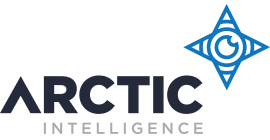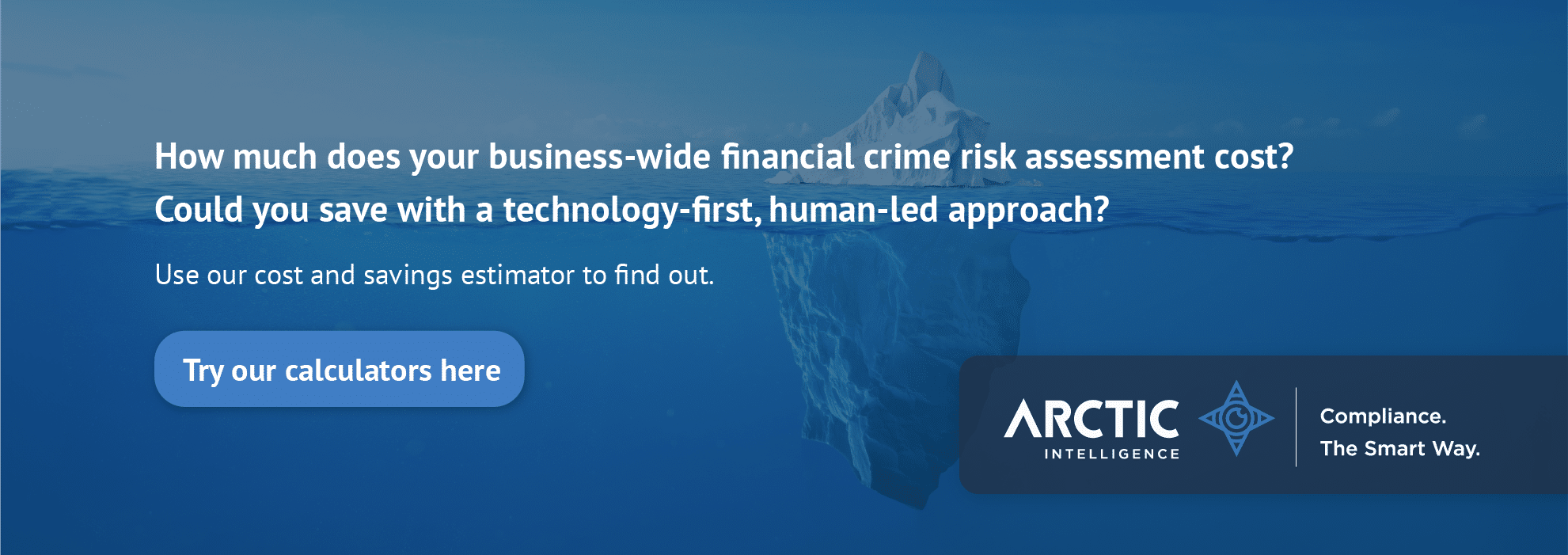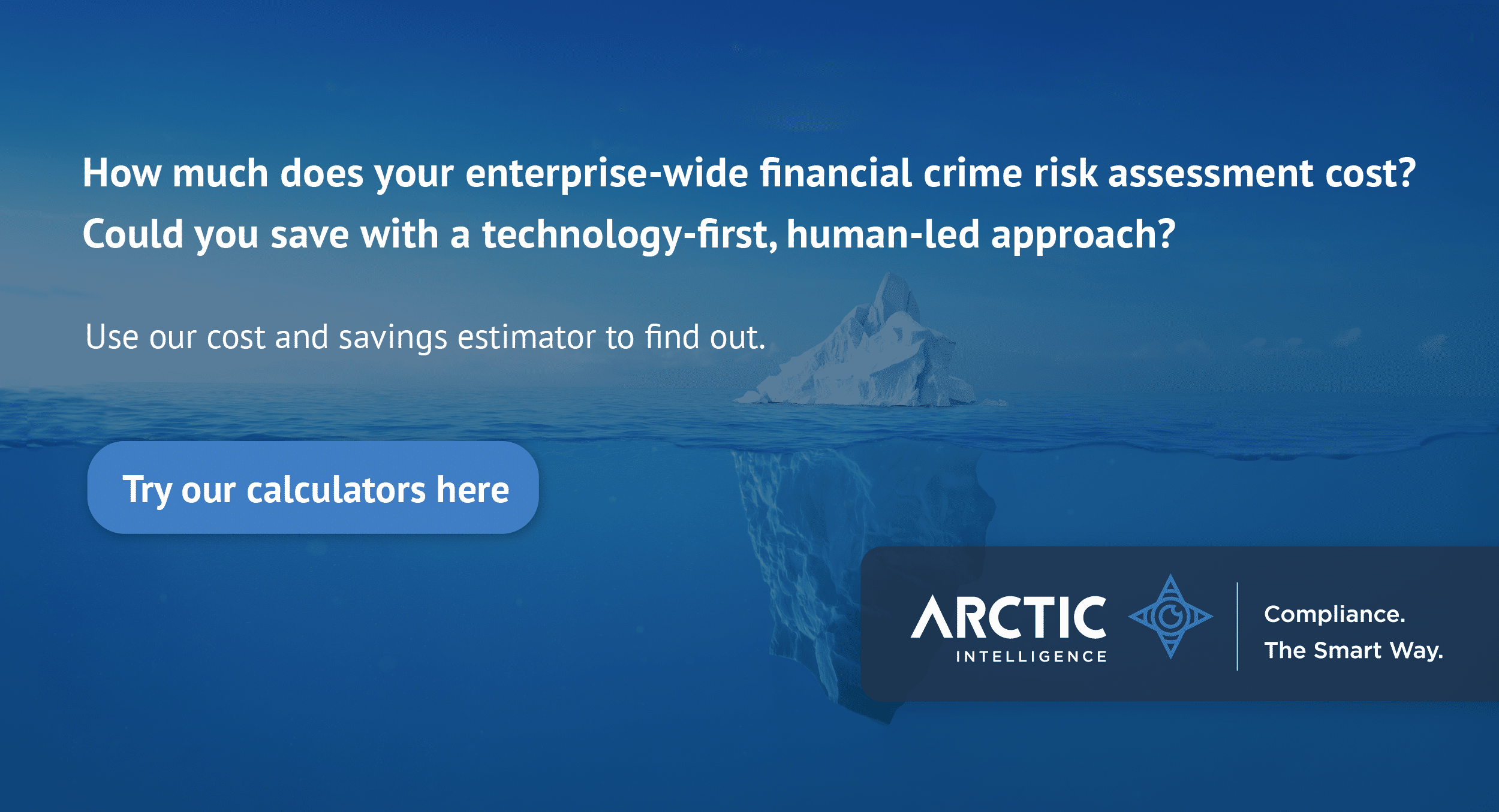Introduction
Environmental, social, and governance (ESG) considerations are reshaping the business landscape, influencing everything from investment decisions to compliance strategies. Financial crime risk assessments are no exception. As regulators, investors, and consumers demand greater accountability, businesses are increasingly integrating ESG factors into their financial crime frameworks. This blog examines the intersection of ESG and financial crime risk management, highlighting best practices and emerging trends.
ESG and Financial Crime: The Link
ESG and Financial Crime Risks are closely linked together, here are just a few examples to explain this linkage:
Environmental Risks
Financial crimes tied to environmental harm are gaining global attention. Key areas of concern include:
- Illegal Logging and Deforestation: Companies involved in illicit logging often use complex financial schemes to launder proceeds.
- Environmental Damage: Bribery and corruption can facilitate activities such as illegal mining and pollution, which have both financial and reputational consequences.
- Carbon Credit Fraud: Fraudulent trading of carbon credits is emerging as a significant environmental financial crime risk.
Social Risks
Socially driven financial crimes often involve:
- Modern Slavery and Human Trafficking: Criminals exploit labor markets, often using financial systems to move profits undetected.
- Forced Labor in Supply Chains: High-risk supply chains present challenges in identifying and mitigating forced labor risks.
- Terrorism Financing: Financial crime risk assessments increasingly need to address how funds flow through social causes to illicit actors.
Governance Risks
Governance failures can lead to:
- Bribery and Corruption: Weak governance structures are fertile ground for corruption.
- Weak Internal Controls: Poor governance allows fraudulent activities to go undetected, undermining risk management efforts.
- Sanctions Evasion: Companies with lax governance may inadvertently engage with sanctioned entities or jurisdictions.
ESG’s Role in Strengthening Financial Crime Risk Assessments
The emergence of ESG risk management has the advantage of also strengthening financial crime risk assessments
- Enhanced Due Diligence (EDD) – ESG considerations are central to enhanced due diligence processes.
- Vendor and Third-Party Assessments: Evaluating ESG compliance among suppliers helps mitigate risks tied to corruption, forced labor, and environmental crimes.
- Screening Tools: AI-driven tools enable businesses to assess vendors’ ESG risks by analysing sustainability reports and regulatory compliance data.
- Supply Chain Transparency
- Traceability Technologies: Blockchain solutions provide end-to-end visibility into supply chains, ensuring ethical sourcing and uncovering high-risk activities.
- Certifications and Standards: ESG certifications, such as Fair Trade and ISO 37001, help businesses ensure compliance with anti-bribery and ethical labor standards.
- Cross-Functional Collaboration – ESG’s integration into financial crime risk assessments fosters collaboration between compliance, sustainability, and procurement teams. This multidisciplinary approach strengthens overall risk management.
Regulatory Drivers of ESG-Driven Financial Crime Risk Assessments
There are a number of regulatory drivers supporting ESG-drive financial crime risk assessments
- Global ESG Reporting Standards
- The International Sustainability Standards Board (ISSB) is introducing ESG-focused reporting guidelines, encouraging businesses to disclose financial crime risks linked to ESG failures.
- Jurisdictions like the EU require ESG disclosures under regulations such as the Corporate Sustainability Reporting Directive (CSRD).
- FATF Recommendations – The FATF emphasises the role of beneficial ownership transparency in combating financial crimes, aligning with governance principles under ESG frameworks.
- Emerging Legislation
- U.S. Uyghur Forced Labor Prevention Act: Requires businesses to prove supply chains are free from forced labor.
- EU Green Deal: Links environmental crimes to financial compliance, mandating businesses to address climate-related risks in their risk assessments.
Benefits of ESG Integration in Financial Crime Risk Management
And there are many benefits of integrating ESG into financial crime risk management practices including:
- Reputation Enhancement – Proactively addressing ESG-related risks bolsters stakeholder trust and brand value
- Regulatory Compliance – ESG-aligned frameworks ensure compliance with increasingly stringent laws, reducing the risk of fines and sanctions
- Investor Attraction – Investors may prioritise companies with robust ESG practices, viewing them as lower-risk, long-term opportunities
- Operational Efficiency – ESG integration streamlines risk management processes, reducing redundancies between compliance and sustainability efforts.
Challenges in ESG Integration
Whilst there are clearly benefits integrating ESG into financial crime risk assessments may present certain challenges such as:
- Data Limitations – ESG-related data can be inconsistent or unavailable, complicating risk assessments.
- Global Variations – ESG priorities differ by region, making it difficult to develop uniform frameworks for multinational businesses.
- Cost Implications – Implementing ESG-aligned technologies and processes requires significant upfront investment, though long-term benefits outweigh costs
- Greenwashing Risks – Companies must avoid overstating ESG compliance, as regulators increasingly crack down on misleading claims.
Best Practices for ESG Integration
And here are a few best practices organisations that are considering ESG integration into financial crime risk assessments may want to consider:
- Develop ESG-Specific Risk Frameworks – Create frameworks that align financial crime assessments with ESG principles, focusing on high-risk sectors like energy, agriculture, and manufacturing
- Leverage Technology – Use AI and blockchain to enhance transparency and detect ESG-related financial crime risks.
- Foster Internal Collaboration – Ensure ESG, compliance, and procurement teams work together to address risks comprehensively.
- Engage Stakeholders – Collaborate with NGOs, regulators, and industry peers to strengthen ESG compliance efforts.
Conclusion
ESG is no longer a secondary consideration in financial crime risk assessments—it is central to effective risk management. By aligning their frameworks with ESG principles, businesses can mitigate risks, enhance compliance, and contribute to a more sustainable future. The integration of ESG into financial crime strategies is not just a regulatory imperative but also a business opportunity, offering long-term value and resilience in a rapidly changing world.



